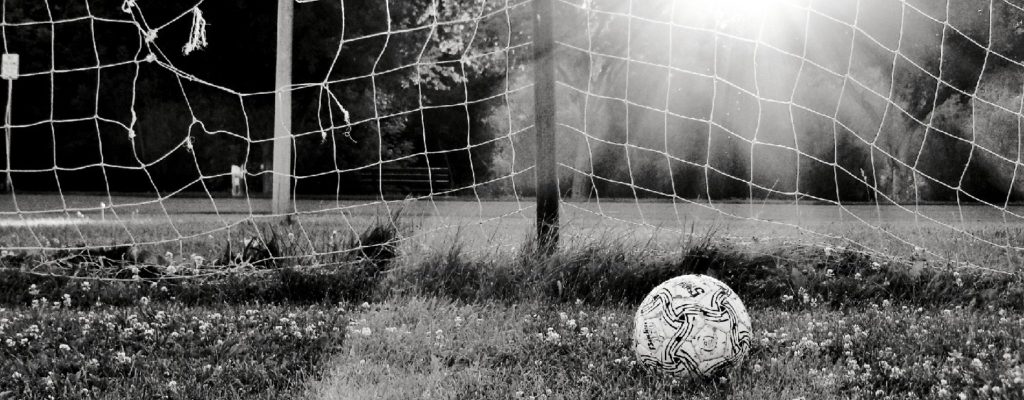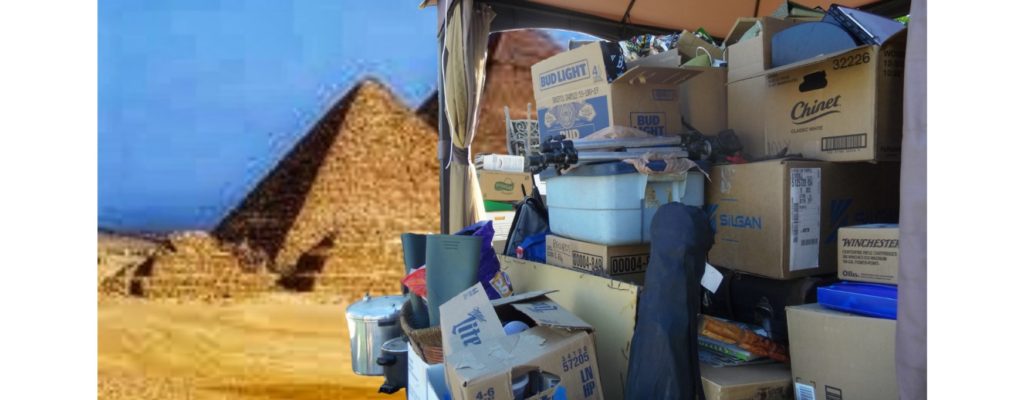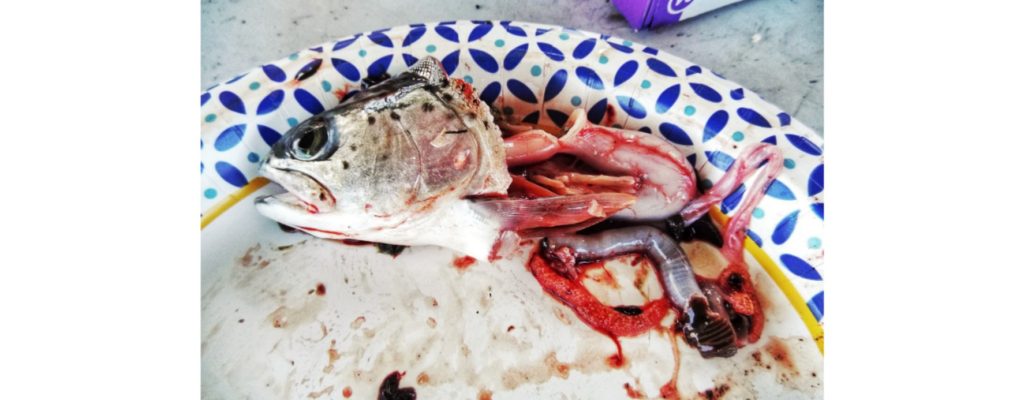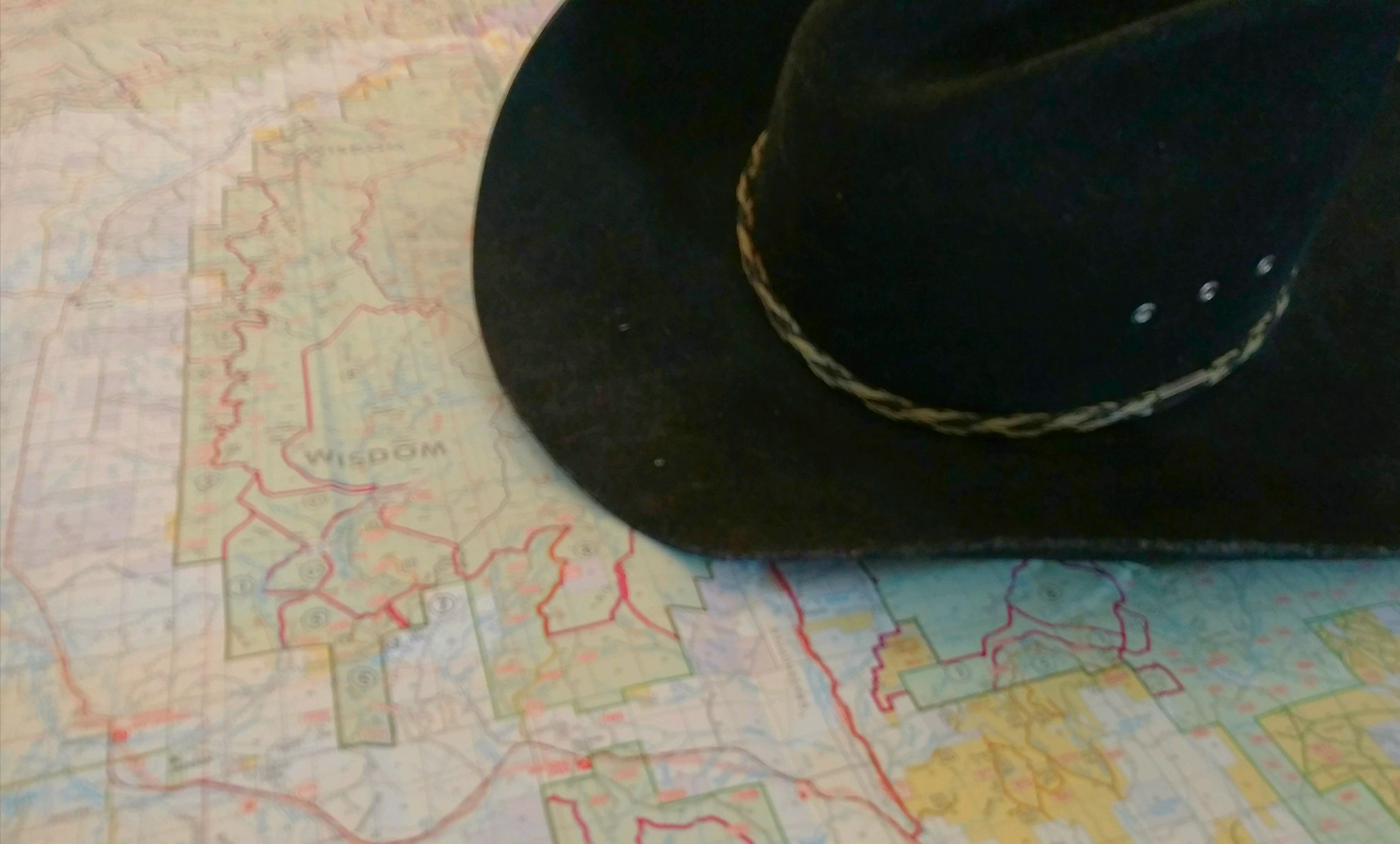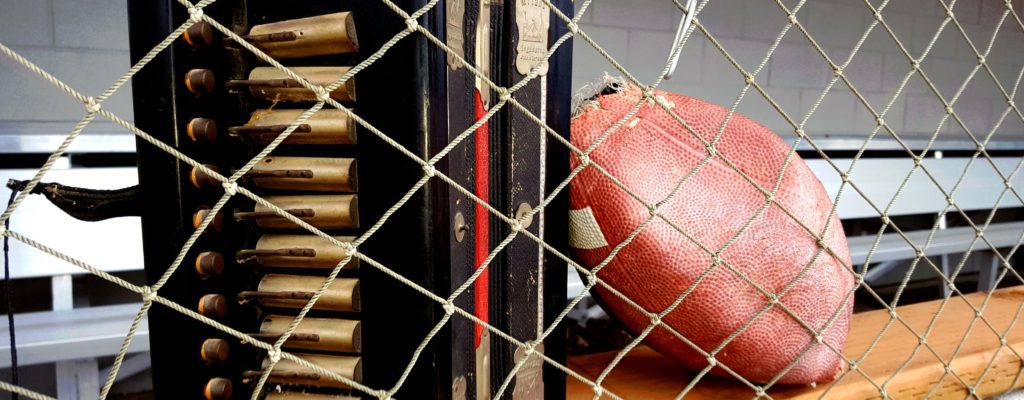There was a time in America when soccer was considered to be a Commie sport and that’s why the kids on the west side of Chicago in the mid-to-late fifties and early sixties did not play soccer.
Maybe that’s why. I’m not sure. The fact that none of us had ever seen a soccer ball, let alone have access to one, might have had something to do with it. A contributing factor could have been that nobody knew anything about soccer back then. We also didn’t have a lot of large green spaces on which to play the world’s most popular sport.
Communism or the mere threat of it was at the root of most of American fears back then and our parents wanted no part of us playing any of the Commie games, with the possible exception of Cossacks and Thieves, which was sort of a Stalinist version of Monopoly except that it was played outdoors without dice and no possibility of property ownership. Commies, we had learned, were those terrible people who won that part of WWII that we didn’t. They threatened us with nuclear bombs, although our safety from such attacks was assured by the wood-and-steel desks we were instructed to hide under.
While this was what many of us had heard, nobody knew from whom we heard it. I actually don’t remember ever having a discussion about soccer with my parents. I don’t know that they had an opinion about soccer or its politics. I don’t know that they knew what soccer was. Nor do I remember having any discussion about any sport that might have involved politics of any stripe. We played ping-pong knowing only that China seemed to be a faraway country seemingly in desperate need of all the broccoli American children wouldn’t eat. Nobody ever mentioned Mao.
We had a guy in our neighborhood who sold snacks and candy to local stores. He wasn’t French, but he had a French-sounding last name, sported a modest handlebar mustache, wore a beret and lived with his wife in a small house on a corner lot. A lot of us hung out at his house for the free snacks and to watch soccer matches on the 9-inch black-and-white television that sat on a small table in a corner of his finished basement. The matches were broadcast on a UHF channel in Spanish, and featured a one-camera view of the action that seemed a mile or so away from where the actual camera might have been. Bob, the French guy, got excited when somebody maybe scored. It was hard to tell.
None of us were inspired to play soccer after watching these games.
In school, our mandatory recesses and physical education classes involved our playing dodge ball, kickball, climbing ropes, shooting hoops, tumbling and, after a requisite number of calisthenics, wind sprints. If any of us failed to pay proper respect to the prescribed regimen of activities, we ran laps until the hour was up.
Exercise was–in my era–punishment. In many ways, it still is.
The extra-curricular activities in the alleys of my neighborhoods included shooting craps and pitching pennies, both of which were potentially profitable. Stoop ball and stick ball were popular as well. We also played sandlot baseball on vacant lots, which was every boy’s favorite game in those days.
None of this prepared me for the late 1980s when, as a father in suburban Los Angeles, I was forced to become a soccer dad. Geri went along with this and we bought a van which allowed us to participate only as chauffeurs for Courtney’s team. A couple of years later, everybody in our neighborhood had bought a van and the competition to do as little as possible in pee-wee soccer became more intense.
I was late by mere minutes to the organizational meeting of Daniel’s first introduction to soccer. I was hoping to provide snacks, first-aid, shuttle service or condom distribution, but my tardiness was rewarded with the job of assistant coach. Jay, the head coach, was a great guy who golfed more than Trump and loved sports with a passion typically reserved for more intimate activities.
“Uh, Jay,” I said, sheepishly, “I don’t know anything about soccer. Nothing. Nada. Besides, I think it’s a Commie sport.”
“Oh, Jim,” he said, as he slapped a clipboard against my chest and hung a shiny whistle around my neck, “this will be fun.”
And then he gave me that reassuring one-arm shoulder hug and requisite pat on the butt as he renewed his promise that “We’ll have fun.”
Although not quite as amusing as girls T-ball, six-year-old boys soccer provides an entertainment value equaled only by watching small outbreaks of crowd bedlam. Practices were interesting, with each of the team’s members exhibiting unique abilities to focus on certain tasks for upwards of 6-7 seconds. Of course, every kid wanted possession of the ball. To that end, they played something we called “Swarm Ball,” in the which the entire practice squad gathered around the ball and moved it inches at a time in various directions.
In time, the boys started to look like actual soccer players, despite the occasional lapses into daisy picking or somersaulting.
Put 22 six-year-old boys in shiny jerseys on a very large grass field, toss a soccer ball somewhere in the middle and you’ve got the equivalent of a FIFA match: four or five players actively involved in kicking, dribbling, advancing the ball; the rest waiting for something to come their way.
At some point I became something of an avid soccer fan, even to the point of getting daily updates on Facebook about the various goings-on of AC Milan.
In 2006 we traveled to Italy, where every kid we saw had a soccer ball. We noticed that there were stores selling soccer stuff on almost every block in both Rome and Florence. Kids practiced their ball-handling skills up and down the Spanish Steps.
At dinner one evening in a delightful trattoria north of Florence, the telephone rang and great excitement ensued after learning that members of the national team that would represent Italy in the World Cup were on their way in for dinner. A small group soon arrived with what appeared to be girlfriends and hangers-on. We got to meet a couple of them, including Marco Materazzi, the only player to score for Italy and the man who received the headbutt from France’s Zidane. We also met Fabio Grosso, who scored the winning penalty kick.
Perhaps that is when my interest in the Beautiful Game peaked.
I like the balletic qualities of the sport, the athleticism and the robust attacks on the ball. I like that the sport requires patience on the parts of both player and viewer. I also like the bad acting required to draw a foul and how quickly that player recovers when the foul isn’t called.
I picked France to win this year’s World Cup, which is scheduled to start in mere minutes. Vive la France!
Photography by Courtney A. Liska
Beef Stew with Dijon & Cognac
¼ pound salt pork, diced
1 large onion, finely diced
3 shallots, chopped
2 to 4 Tbs. butter, as needed
2 pounds beef chuck, in 1-inch cubes
2 Tbs. flour
Salt and freshly ground black pepper
½ cup Cognac
2 cups beef stock
½ cup Dijon mustard
4 tablespoons Pommery mustard
4 large carrots, peeled and cut into half-moon slices
½ pound mushrooms, stemmed, cleaned and quartered
¼ cup red wine
Place salt pork in a Dutch oven or a large heavy kettle over low heat, and cook until fat is rendered. Remove solid pieces with a slotted spoon, and discard. Add onion and shallots and cook over medium heat until softened but not browned, 8 to 10 minutes. Use a slotted spoon to transfer to a large bowl.
If necessary, add 2 tablespoons butter to the pan to augment fat. Dust beef cubes with flour, and season with salt and pepper. Shake off excess flour, and place half of the meat in the pan. Cook over medium-high heat until well browned, almost crusty, on all sides, then transfer to a bowl with onions. Repeat with remaining beef.
Add Cognac to the empty pan, and cook, stirring, until the bottom is deglazed and the crust comes loose. Add stock, Dijon mustard and 1 tablespoon Pommery mustard. Whisk to blend, then return meat and onion mixture to pan. Lower heat, partially cover pan, and simmer gently until meat is very tender, about 1 1/2 hours.
Add carrots, and continue simmering for 30 minutes, or until slices are tender. As they cook, heat 2 tablespoons butter in medium skillet over medium-high heat, and sauté mushrooms until browned and tender.
Stir mushrooms into stew along with remaining mustard and red wine. Simmer 5 minutes, then taste, and adjust seasoning. Serve with egg noodles or mashed potatoes.
